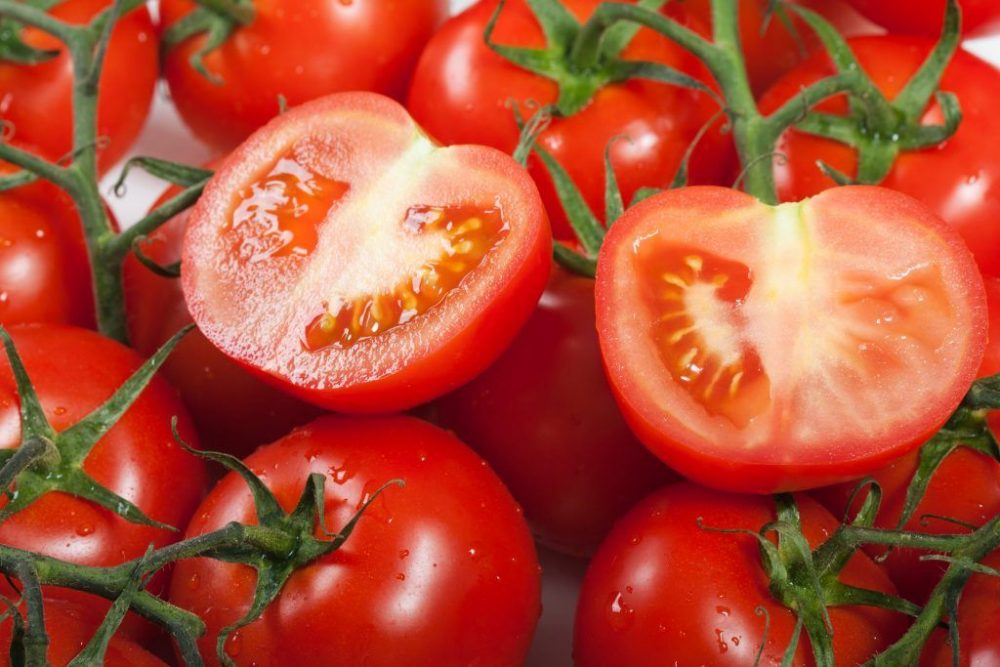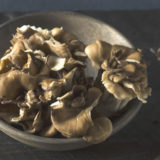

Professional chefs design their dishes to have colorful elements; they do this because it makes the plate more attractive to look at and they know that the food will appear more appetizing. Our attraction to colorful foods is a primordial response. It is nature’s way of ensuring that we get all of the nutrients we need from our diet. Foods that are red in color offer a myriad of health benefits including: immune support, heart health, beauty, anti-aging and anti-cancer effects.
These 10 red-colored foods are loaded with nutrients that confer all of these health benefits and more:
- Tomatoes – Rich in lycopene, which is a powerful antioxidant in the carotenoid family, lycopene is especially helpful in preventing cancers in the esophagus, stomach and prostate. Lycopene is more available in cooked tomatoes (tomato sauce, etc.). Tomatoes also contain potassium for heart health and Vitamin c which is important for skin health and immunity.
- Red Peppers – Red peppers are full of potassium for digestive and heart health, Vitamin A for good vision, and Vitamin C. Hot red peppers contain capsaicin which supports immunity and enhances circulation, especially in the liver.
- Strawberries – These berries are a good source of Vitamin C as well as malic acid, which the dentists believe helps maintain whiter, healthier teeth.
- Tart Cherries – Loaded with anthocyanins, antioxidants which protect the heart, tart cherries reduce inflammation and reduce post-exercise muscle and joint pain. All powerful antioxidants protect against mitochondrial damage, which is a key to slowing down the aging process.
- Cranberries – Containing plenty of Vitamin C and other antioxidants, cranberries are known to help promote urinary tract health.
- Red Beets – Red beets contain betaine, a phytochemical that supports healthy circulation. They are also a rich source of B vitamins, antioxidants and potassium.
- Red Grapes – This bountiful source of fiber and antioxidants lowers blood pressure, reduces inflammation, triglyceride and LDL cholesterol levels, and improves vascular function.
- Raspberries – Raspberries are high in fiber to promote GI and heart health. Also rich in zinc for immune function and wound healing, potassium for healthy muscle and nerve function, and niacin which is necessary for energy production and hormonal balance.
- Pomegranates – Good source of antioxidants for anti-aging, plus high potassium content for heart health.
- Watermelon – Low in calories and very sweet, this summertime favorite contains cancer-fighting lycopene as well as Vitamins A and C.
Red, the R in ROY G BIV (colors of the spectrum), is just one color of the nutritional rainbow that brings vitality, youth and vibrant health to all who include these foods in their diet. Support your dietary levels of these important foods by using a well-designed antioxidant complex.




